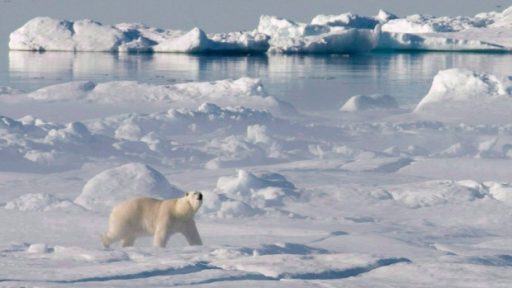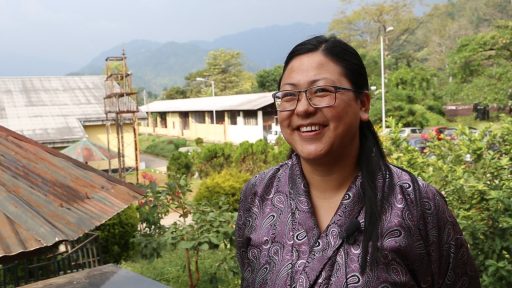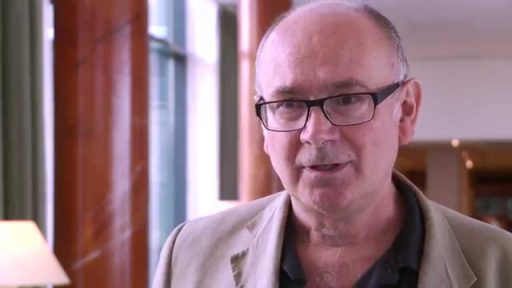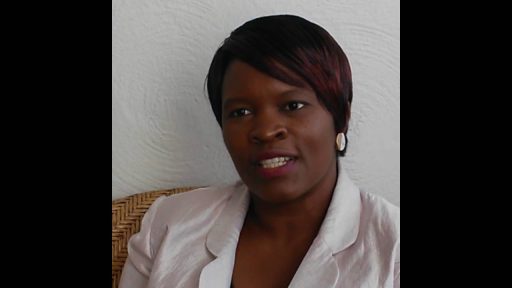“Without Science DMZ, our laboratories would be isolated islands,” says Ana Benko-Iseppon, a Brazilian researcher working on the global project to develop more environmentally adapted cultivated forms of the black-eyed bean.
A lake of lava lies directly below a small South Korean island. The simulations that led to this discovery were performed on supercomputer Piz Daint at the Swiss National Supercomputing Center and the now decommissioned Huygens, the national supercomputing center of SURF in the Netherlands.
ArcticConnect collects data from temperature and dewpoint sensors at research stations throughout the Arctic Circle — including those that provide near-real time data — for visualization, information sharing, and collaborative analysis.
Regions all over the world establish new, dedicated connectivity for research and education, including Asia, where Bhutan and Cambodia now plug into the networks, choosing video conferencing and e-learning to drive local commitment and development.
The Nordic research and education networks are preparing to put a whole new network infrastructure in place for EISCAT 3D, as the powerful new radar is situated in remote northern Scandinavia to assure a minimum of background noise. For the next 35 to 40 years to come, it will be the centerpiece of the international network of instruments monitoring the Earth’s upper atmosphere and space environment.
The Sanjay Gandhi Postgraduate Institute of Medical Sciences in India is a leader in the field of telemedicine, e-health and allied technologies. India’s national research and education network has been integrated within the hospital environment to improve the adoption and application of digital technologies for health.
When the teacher Karine Coelho, from the Balneário Arroio da Silva School, in the State of Santa Catarina, needs to teach inclined planes, propagation of heat, electrical circuits or other matters in the Physics curriculum for high school, her students have access not only to the theory, but to practical experiments that reinforce the content taught in the classroom, within the reach of their cellphones.
MinE is an international project to search for the genetic causes of ALS (Amyotrophic Lateral Sclerosis), a deadly neurodegenerative disease. Thanks to an enormous computing facility and the best network connection, the MinE project can generate better results.
Technology is rapidly changing the way athletes and sports coaches work together. Accurate feedback and reliable assessment techniques are the main ingredients to maintain and improve performances or to effectively recover from sport injuries. Remote sensing and data sonification, underpinned by high-capacity connectivity, can improve standard data analysis techniques.
High bandwidth and seamless access to local and global data is key to effective soil observation and resource mapping. Dr Lydia Chabala from the University of Zambia explains how ZAMREN is bringing her research to the next level, thus enabling her and fellow scientists to provide input to sustainable land management policies.
Because of its sheer size, a pipe organ is bound to the location where it’s situated, making it very rare for organists to be able to play together. Until now. A magic moment occurred at theTNC16 research and education network conference in Prague: two organs more than 2000 km apart will play a concert together, thus creating a completely new musical experience.
As social media like Facebook and Twitter become increasingly influential in the decision making of the voters, social scientists take an interest in scrutinizing, how discussions and debates emerge and evolve in the intersection between traditional media and social media. Finnish researchers have enlisted a supercomputer to crack the data.













